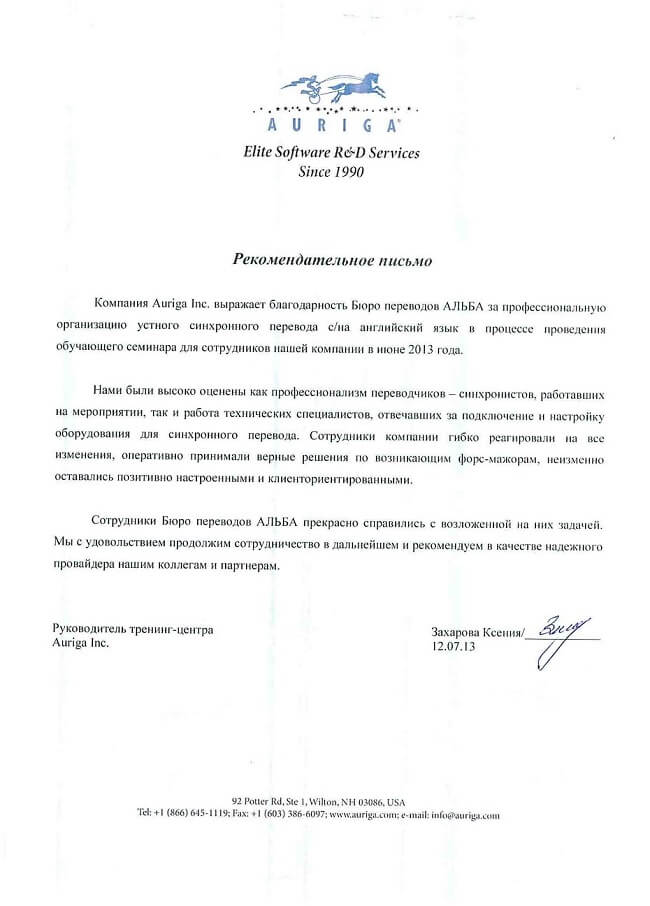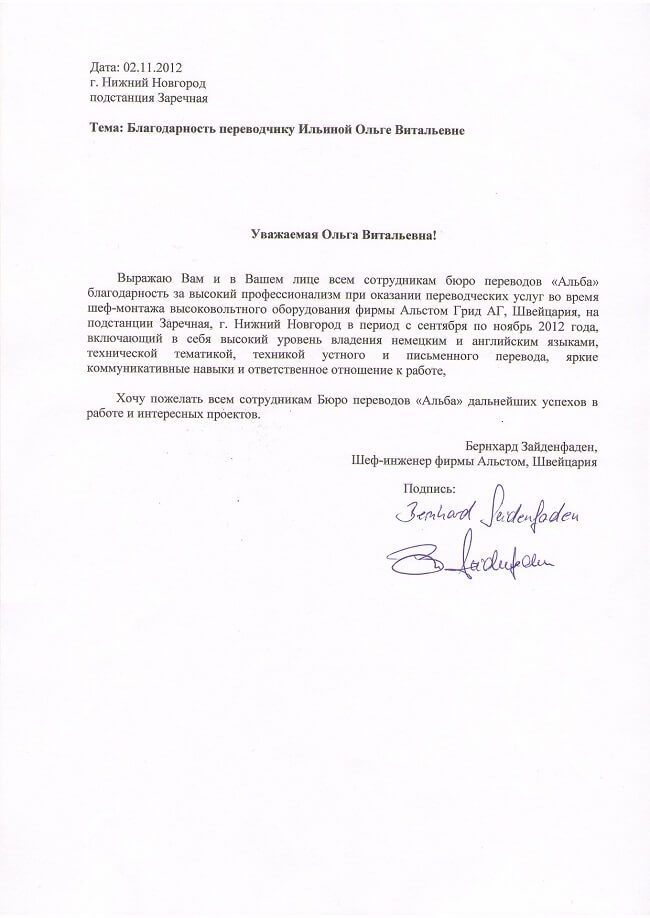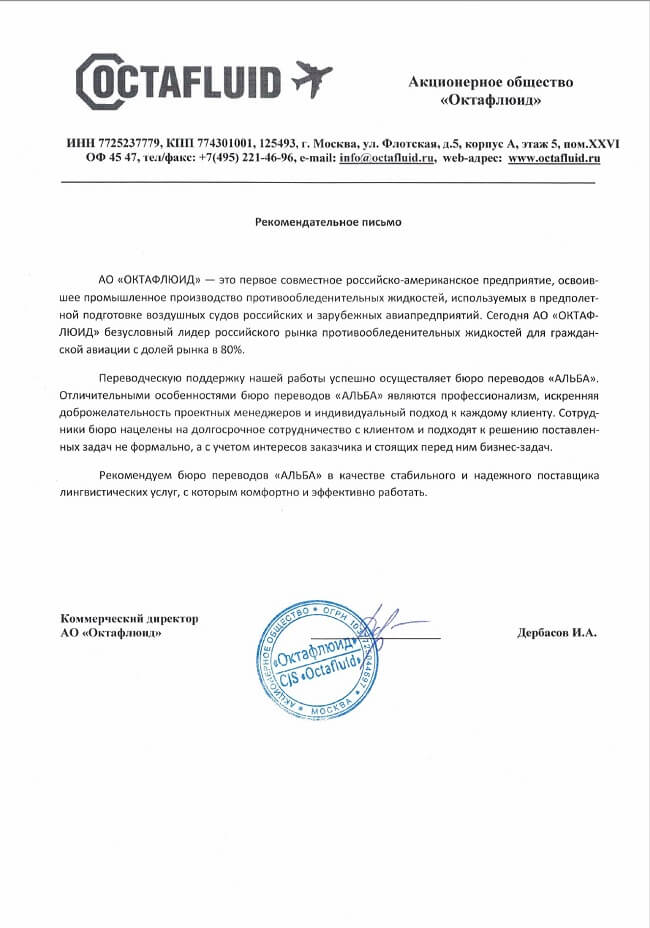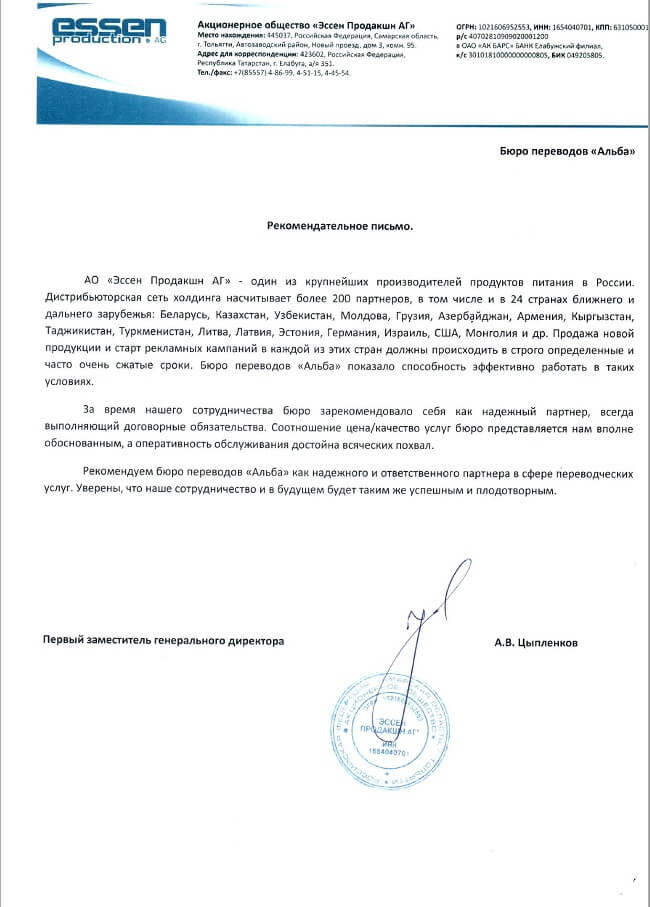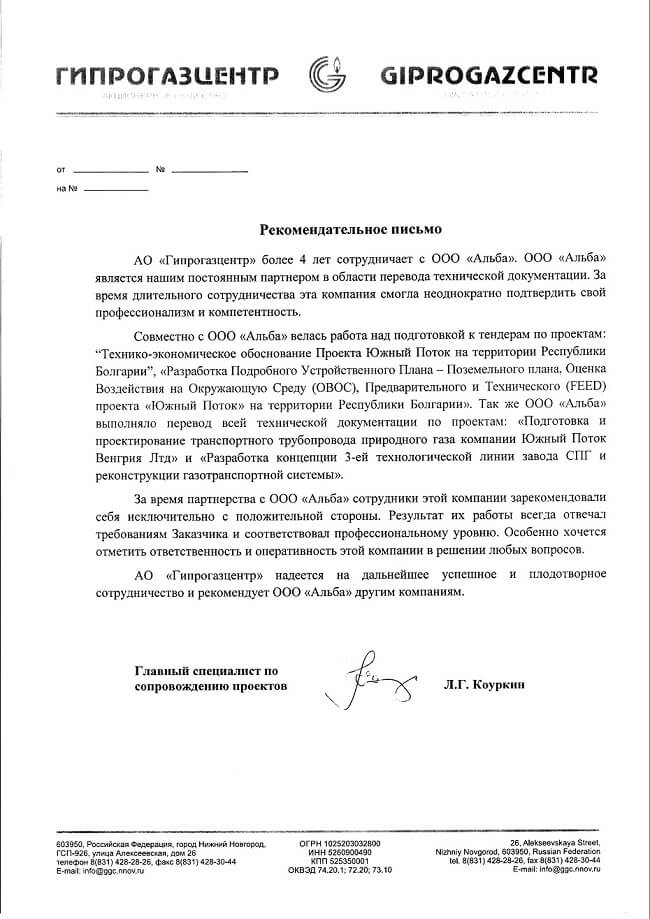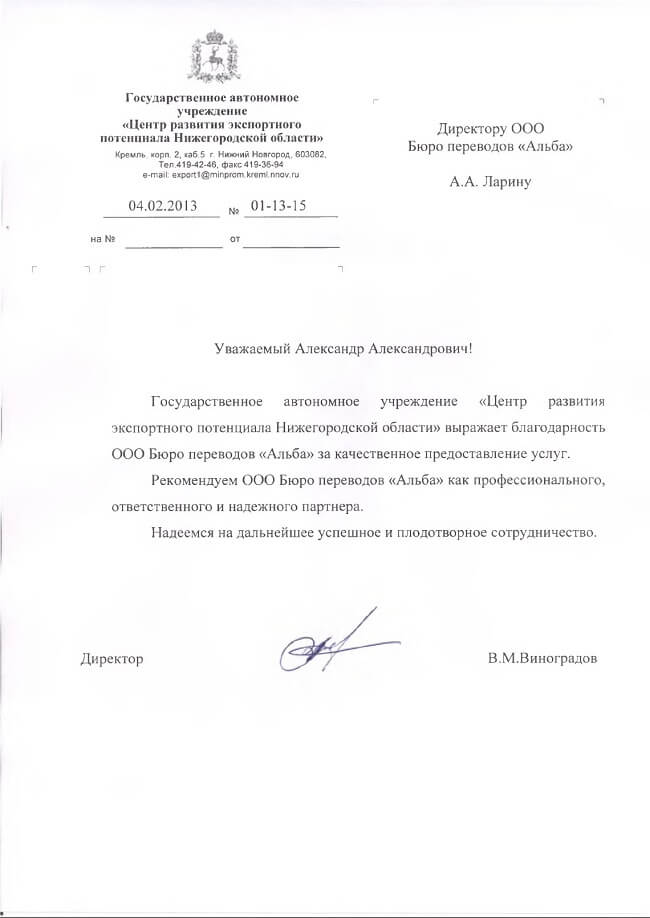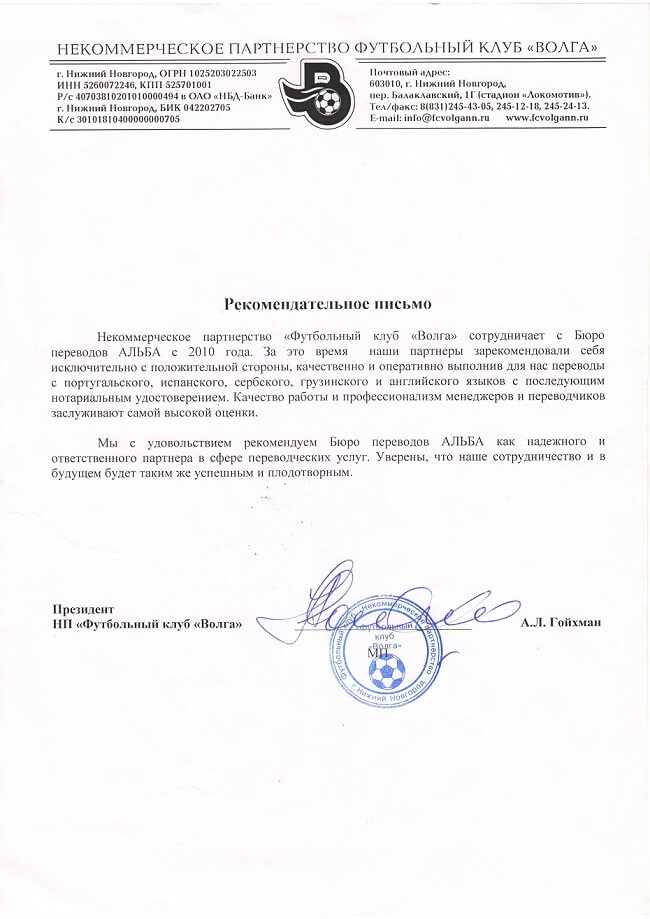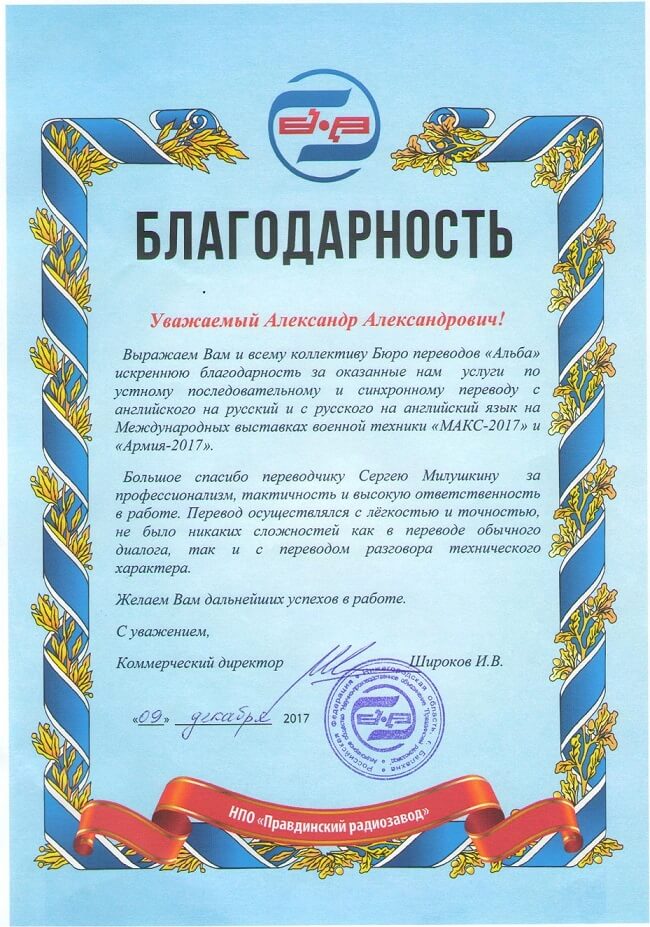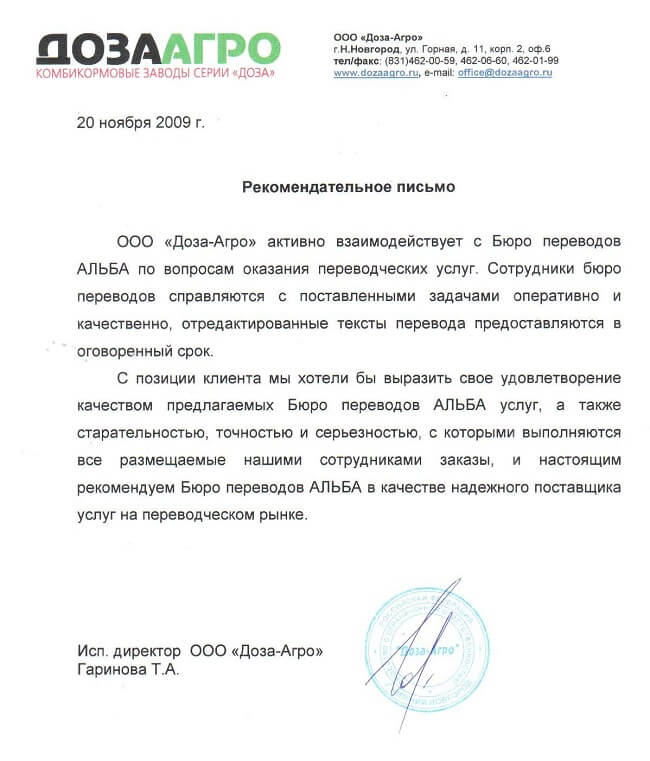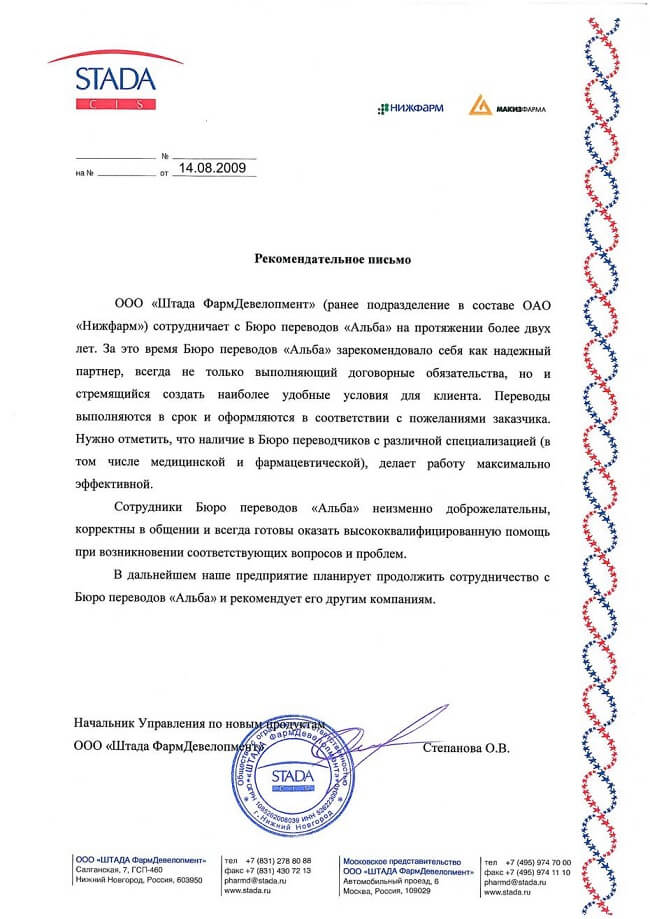About lexical and grammatical features of the translation of scientific and technical literature
Любанец Ирина Ивановна - старший преподаватель, Барановичский государственный университет, г. Барановичи, Республика Беларусь
Копытич Ирины Геогргиевны - старший преподаватель, Барановичский государственный университет, г. Барановичи, Республика Беларусь
Шило Елена Валерьевна - заведующий кафедрой профессиональной иноязычной подготовки, Барановичский государственный университет, г. Барановичи, Республика Беларусь
Статья подготовлена для публикации в сборнике «Актуальные вопросы переводоведения и практики перевода».
Various research in the field of scientific and technical translation is an actual task aimed at the adequacy of translation. It promotes the acceleration of information exchange in the field of the latest developments of science and technology among the experts and scientists from different countries. Scientific and technical texts have some lexical and grammatical features. At the lexical level completeness of translation is reached with the help of terms and presentation of their adequate equivalents which provide clarity and unambiguity of the statement. Grammatical features of English technical and scientific texts, for example, are represented in two features of passive verbal transformation due to the lack of case change of a noun that makes the forms of a direct and indirect object identical and allows passive verbal transformations, using a direct or indirect objects. In the Russian language the direct object is expressed by a noun or a pronoun in the accusative case. Transformation of an active verb form into passive is possible only with the transformation of a direct object into the subject[1, 56].
In English sentences from technical and scientific texts pronouns they and one are used without pointing to the performer of action. In Russian there is no pronoun in such sentences, an action is transferred by a verb in the third person plural, making a sentence indefinite-personal. In the Russian language the higher degree of abstractness characterizes the 3rd person form of a verb, for example: Проведенный опыт показывает … Scientific and technical style of Russian, as we know, uses almost only this form of a verb. The 1st person form of a verb is applied not very often in scientific and technical texts. But when used we can find only the 1st person plural. It is also in the generalized meaning of some uncertain set of persons where the person of speaker is included. The scientific and technical speech of Russian is characterized by the so-called, «nominative system» - an increase of a share of names and reduction of a share of verbs: first place is won by nouns, the second – by adjectives, and the third – by verbs[2, 22]. The specific feature of the nouns with the meaning of material in scientific and technical style is the possibility of their use in plural for designation of types, grades, substances, tools (oils, fats, sands, dividers, jointers)[3, 46].
The sentences from a scientific and technical texts are built in a strict logical order. Scientific texts represent, as a rule, the monological speech. Questions are used for the purpose of the introduction of a problem which is solved after the question. The exclamatory sentences reflecting high emotionality aren’t characteristic for the scientific and technical speech and are possible in the genre of oral discussion. In scientific and technical style long compound sentences which promote high informational content (rather full and detailed) are possible. Sentences often consist of several predicative structures. Quite often sentences are complicated by the participial phrases, introduction structures, etc. increasing their capacity. Thus joining elements play an important role. Due to the sequence and substantiality of a scientific statement, the cause and effect conjunctions and logical connectives such as since, therefore, it follows (so, thus), etc. are widely used[4, 143].
The peculiarities of the passive voice use in English, are connected with existence of two opportunities of passive transformation due to the lack of case change of a noun in English. In scientific and technical texts, both in Russian and in English impersonal sentences are rather widespread as the results of scientific research are presented in a generalized form, but in each language these sentences will have some special features.
Thus, in Russian scientific and technical style impersonal sentences with modal words and an infinitive, with predicative adverbs ending in -o, with impersonal verbs or with personal meaning of impersonal ones are used. For example: Любопытно знать, что ..., Интересно отметить, что … . The use of indefinite-personal sentences is characteristic for the Russian language. As for the English language, impersonal and indefinite-personal sentences are always two-member. They have special marked subject forms. For example, an indefinite-personal pronoun one as a subject[4, 121].
Expressive means of a language, in particular, emotionally marked lexicon, figurative means, aren’t peculiar to scientific and technical style. The emotional tincture of speech doesn’t help to achieve precision, logic, objectivity and abstractness of a statement. However, the research of syntax of scientific and technical style show considerable expressive opportunities which are put in use of diverse options of words order in the sentence[2, 98]. Thus it is noted that generally in scientific technical style the same lexical and grammatical tools are used for figurativeness, transfer of emotions and an assessment, as it is done in other styles.
Among the linguistic characteristics distinguishing scientific and technical texts from other text types, most of authors call the following: complexity of syntactic constructions, lexical, syntactic and composite stereotypification, subordination of esthetic properties to pragmatic purposes and intensions of the author, the restricted use of emotional structures, the prevalence of objectivity in a statement, a combination of a subjectless (impersonal) way of a statement to expression of subjective opinion of scientific (author), wide use of symbols of formulas, tables, etc. All these features are observed in Russian-language and English-language scientific texts. As A.L. Pumpyansky points out, the most typical features of the English-language scientific and technical text that received rather detailed coverage in linguistic literature and recorded in the analysis of material of research are the following:
1) complex syntactic constructions are presented in scientific and technical texts generally by subordinate complex sentences;
2) complication of a syntactic sentence structure can happen due to the use of gerund, participial and infinitive designs;
3) the prevalence of the passive grammatical constructions in the English-language texts;
4) the use of syntactic and lexical stamps, special set expressions creating the logic of narration, providing cohesion of the text (on the one hand, on the other hand, for example, as we have seen, etc.)[3].
Список литературы
1. Комиссаров В.Н. Современное переводоведение. — М., Высшая школа, 2004.
2. Паршин А.Н. Теория и практика перевода. — М.: Русский язык, 2000.
3. Пумпянский А.Л. Введение в практику перевода научной и технической литературы на английский язык. 2‒е изд. доп. — М., 1981.
4. Пумпянский А.Л. Упражнения по переводу английской научной и технической литературы с русского на английский. — Минск: Попурри, 1997.














